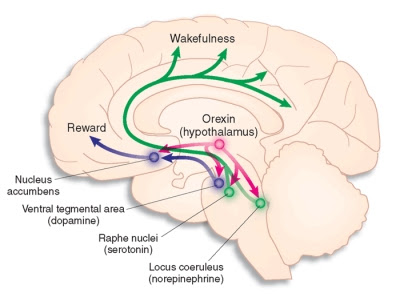The proven painkiller for chronic pain: Tramadol
Chronic pain… Brings thoughts as to how one can deal with
it, doesn’t it?
The person who is suffering from chronic pain is one who
knows the graveness of his/her condition. Sleepless nights in pain, no comfort
at the workplace; each day is a new challenge for the person.
One should be well aware of the ailment before gathering
information about the medication. Hence let us have a brief look at the concept
of chronic pain.
Chronic pain:
Pain
that persists or progresses over a long period of time. In contrast to acute
pain that arises suddenly in response to a specific injury and is usually
treatable, chronic pain persists over time and is often resistant to
medical treatments.
Chronic pain may be related to a number of different medical
conditions including Diabetes, Arthritis, Migraine, Fibromyalgia, Cancer, Shingles, Sciatica,
and previous trauma or injury. Chronic pain may worsen in response to
environmental and/or psychological factors. It is believed that pain affects
men and women differently. This may be due to hormones or physiology.
Tramadol painkiller
Tramadol is the generic version of the well known
painkiller, Ultram. Mostly known to be effective for chronic pain, this
medication also helps in curing the inflammation in the pain inflicted area.
The most common destination in the brain for pain signals is
the thalamus and from there to the cortex, the headquarters for complex thoughts.
The thalamus also serves as the brain's storage area for images of the body and
plays a key role in relaying messages between the brain and various parts of
the body. By this concept we can see that when a person suffers from chronic
pain, then the signals passes through the spine to the thalamus in the brain.
When one takes Tramadol,
then the medication blocks the neural pathway of the chronic pain signal by
attaching itself to the pain receptors in the brain. Since the pain signals
cannot reach the brain, therefore the medication gives the impression that the
medication has helped in reducing pain, while it is only blocking the pain
sensations from reaching the brain.
What does Tramadol contain?
- The active substance is Tramadol Hydrochloride.
- The other ingredients are Pregelatinised Starch, Microcrystalline Cellulose (E460), and Magnesium Stearate.
- The capsule shell contains Gelatin, Iron Oxide (E172), Titanium Dioxide (E171), and Indigo Carmine (E132).
How powerful is Tramadol?
Tramadol vs. Codeine
Tramadol as a pain relief med is more potent than Codeine.
Tramadol is shown to have less constipation, euphoric, respiratory depressant
effects.
Codeine provides more effective pain improvement, and better
tolerability compared to Tramadol. However as compared to Codeine, Tramadol has
been known to have fewer side effects and most of them are short term side
effects. Codeine is known to make a person drowsy soon after. Tramadol, though
more potent than Codeine has far less serious side effects and the side effects
wear off soon enough.
Tramadol vs. Morphine
Tramadol and Morphine are used in post-operative conditions.
Tramadol however significantly shows lesser respiratory depression than
Morphine. Also Tramadol does not induce Histamine release that can result in
flushing, reddening or itching of the skin. At proper doses, Tramadol has no
effect on heartbeat, left ventricular function.
Is Tramadol a narcotic or opiate?
As most people know, true opiates such as morphine and hydrocodone
are highly addictive drugs because they contain narcotic components. In
comparison, Tramadol is a non-narcotic medication even though the effects it
produces are similar to narcotics. This is the primary reason many people still
question the classification for Tramadol as being a narcotic drug or not.
Even
though Tramadol is not a narcotic, it can still be addictive although in a
unique way to other drugs. Typically what happens is an individual's tolerance
builds over time, which means to get the same degree of pain relief, a greater
dose is required.
Although Tramadol is not a narcotic drug, if someone become dependent
on the medication then the user can experience withdrawal symptoms. Some of
the withdrawal symptoms are as follows;
- Aggressiveness
- Decreased appetite, diarrhea, and/or nausea
- Depression
- Excessive sweating, chills, and/or shivering
- Flu-like Symptoms
- Headaches
- Irritability, anxiety, and noted mood swings
- Nightmares and/or insomnia
- Tingling or shock-like sensations
- Tremors
- Unusual thoughts and/or hallucinations
Tramadol side effects
Tramadol being a powerful pain medication has its own set of
side effects;
- Agitation,
- Nervousness,
- Anxiety,
- Seizures (convulsions),
- Skin rash,
- Dizziness,
- Hallucinations,
- Fever,
- Fast heart rate,
- Nausea,
- Vomiting,
- Upset stomach
Tramadol is indeed a painkiller to help us get pain relief quickly.
But the probability of the medication becoming an addiction is high too. Therefore
one should be careful while taking this pill after proper advice from the
medical professional.
In this digital era, purchasing medications online is not at
all a hassle. One can easily buy
Tramadol online at various med stores that provide these medication with
various other customer friendly benefits.





Comments
Post a Comment